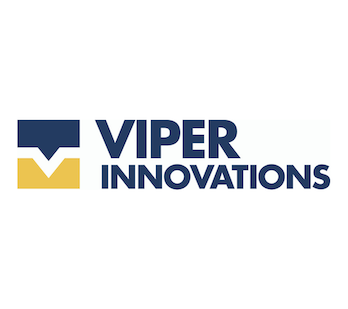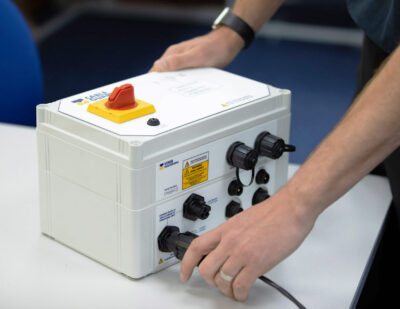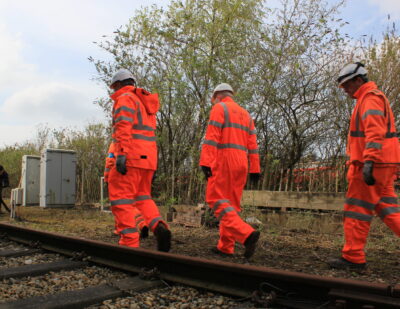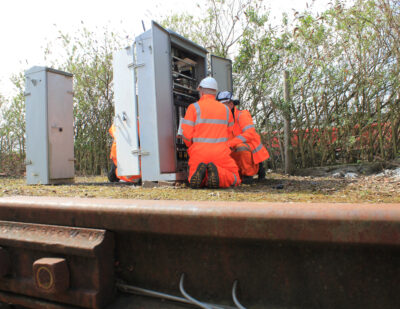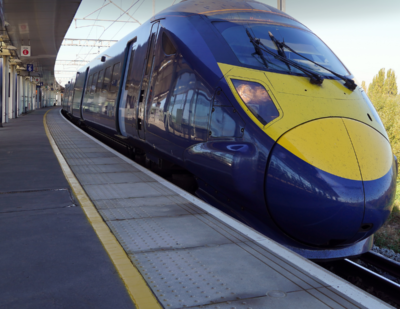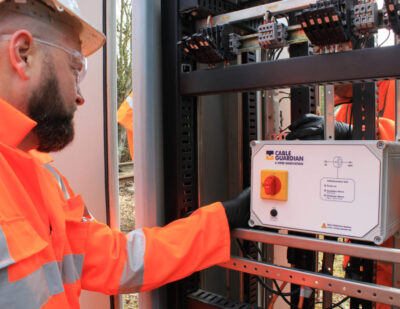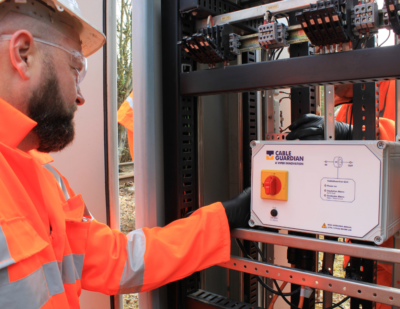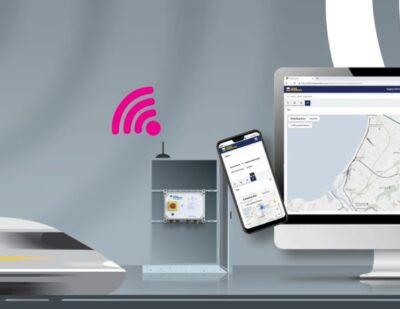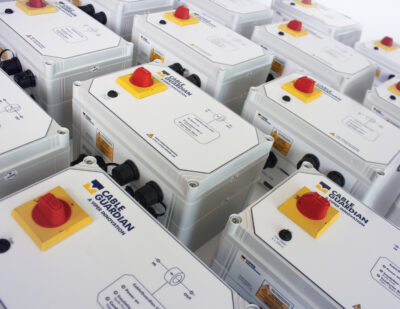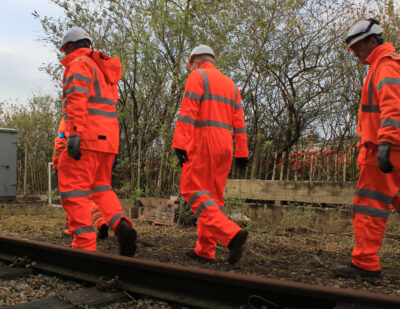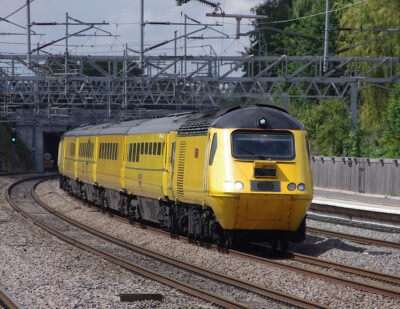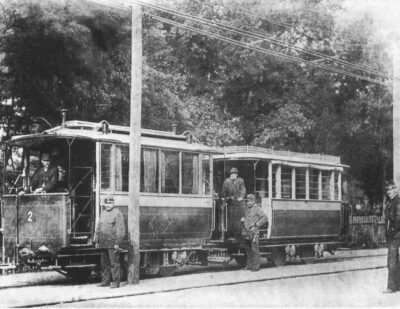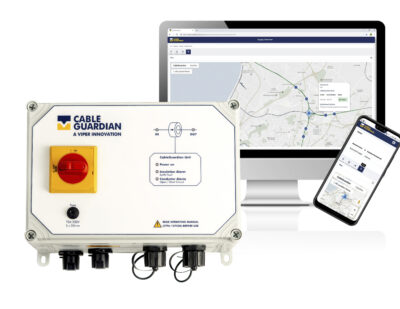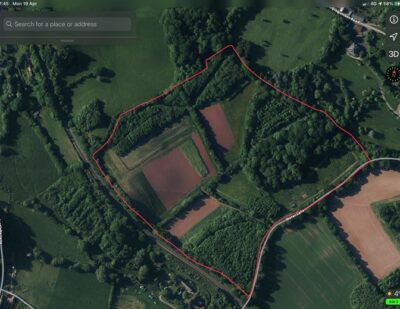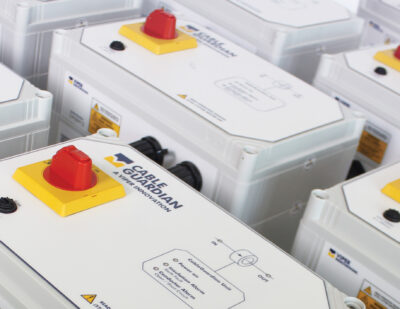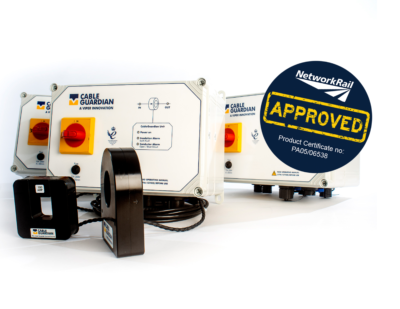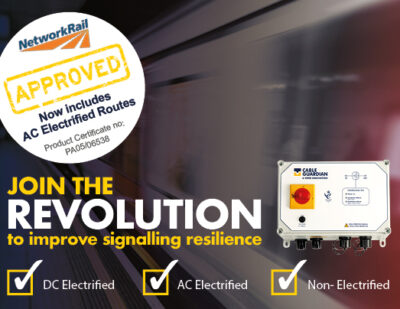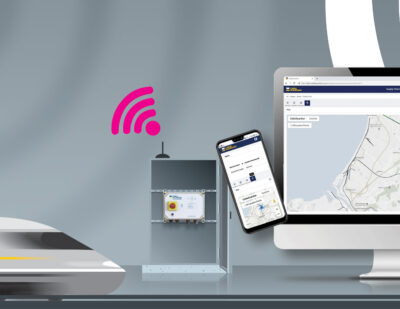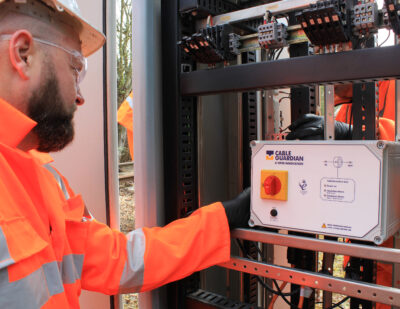Network Rail Changes Standards for Signalling Power Supplies, Opening Potential for Massive Savings
Rail technology supplier Viper Innovations have collaborated closely with partners at Network Rail to ensure the industry gain substantial benefits from the installation of CableGuardian. To-date the technology has brought excellent returns on investment, helping operators to avoid over £5m in penalty payments, saving tens of thousands of delay minutes and hundreds of thousands of pounds in perturbation management costs. However, the technology can finally come of age with the recent changes to the NR/L2/SIGELP/50000 standard.
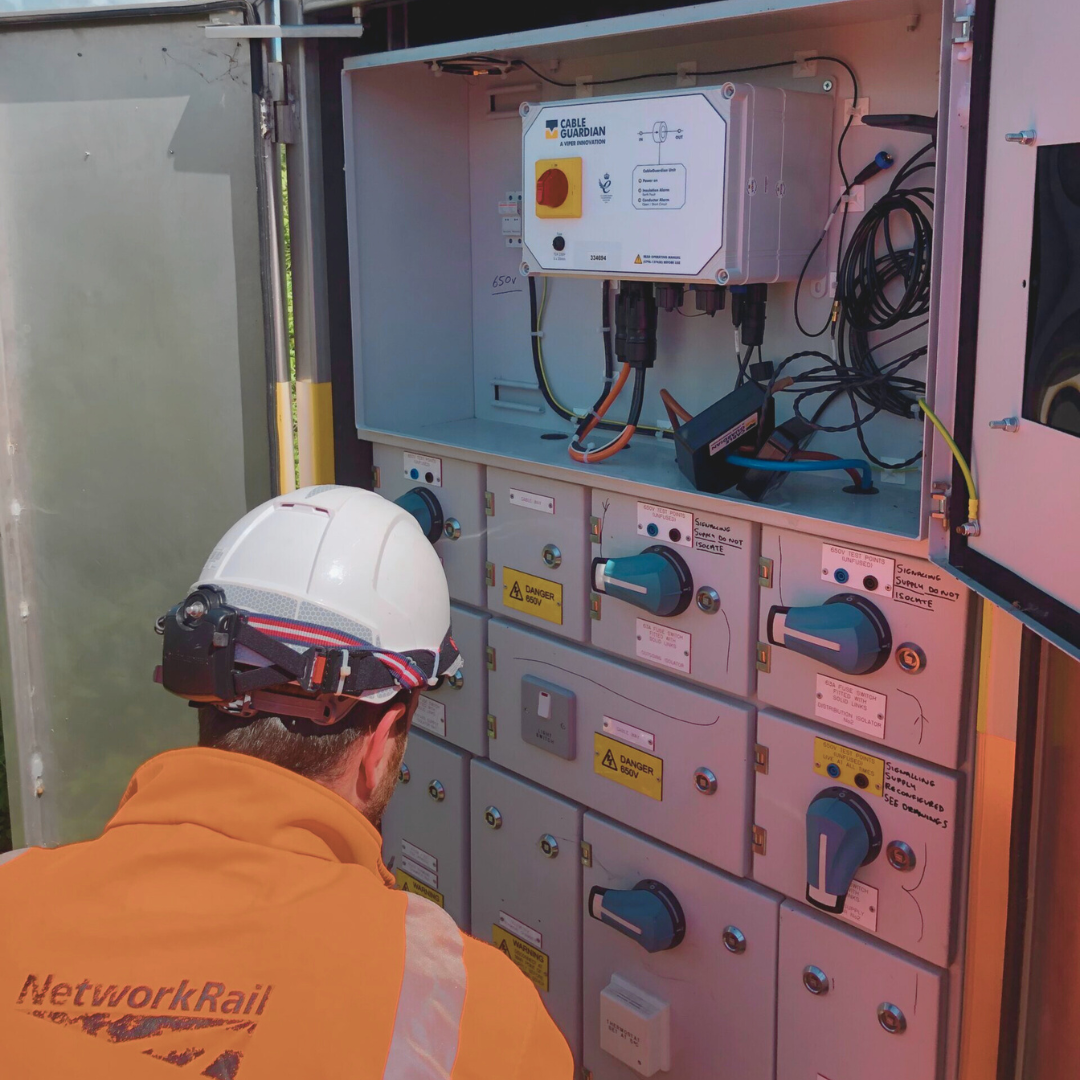
SIGELP 50000, otherwise known as Safe Working and Maintenance on or near Signalling Power Distribution Equipment above 175 V AC, is the standard governing maintenance and upkeep of lineside signalling power supplies on Network Rail infrastructure. Previously, it was mandated to break down each system and perform invasive testing every five years to determine asset condition and plan renewals, interventions and improvements based on what was found. However, results gained could be skewed based on weather conditions at the time of testing, leading to the likelihood of erroneous conclusions being drawn on the safety and remaining life in the asset, opening the possibility of missed safety issues, wasted time, and planned replacement of assets that have much life remaining. There were also the inherent risks associated with sending out an army of staff to work overnight on power systems, the difficulty in recruiting and retaining staff to do this and the ever-present possibility of power systems not coming back online when attempting to power back up. However, it was the best available process in the absence of trusted technology to replace it.
Now, though, next-gen technology applied to the systems, with CableGuardian® the leader, has enabled the forward-thinking Asset Management, Engineering and Maintenance community at Network Rail to come together and make the progressive step change to the standards governing the maintenance of signalling power supplies. Supported by Viper Innovations and a wider supply chain, the latest standards brief brought the option of being able to forego 5-yearly testing of signalling power supplies by supplanting with the use of Insulation Monitoring Devices (IMDs) and closed-loop management of the results of continuous monitoring of insulation resistance.
So, what does this mean in practice? Can maintenance be stopped if an IMD (insulation monitoring device) is fitted to a system? Well, no. In summary, a key facet of the standard is to prove that there is a technology that can reliably trend Insulation Resistance (IR) across the entire system and a closed-loop process of collecting, analysing, and acting on the results using an open and auditable method. It is also worth noting that using Tier 2 (feeder level) monitoring is acknowledged, among more seasoned practitioners, to be the minimum application of the technology as Tier 1 (subsection) monitoring is used to provide better asset management, maintenance efficiency and performance outcomes. Lessons learned over the years by experts in the field suggest Tier 2 be the starting point for monitoring a system, striking the best balance between cost and potential improvements, with the expansion to Tier 1 to monitor the most critical or difficult-to-access assets, as budgets permit. A Tier 2 system offers the ability to divide a system into individual feeders to provide the minimum split of a system to support fault finding and accurately determine where a fault lies in a system. Without this level of monitoring then all that is known is that the system has low Insulation Resistance, which might be a facet of the sum of resistances in the circuit and not a failure at all, making it difficult to show an effective closed-loop control of monitoring for safety and performance.
In addition to the system layout for monitoring, in terms of setting up a process of closed-loop control of monitoring, there are also some best practices emerging from lessons in the field. Engineers in one forward-thinking Network Rail Route have devised a means of using the CableGuardian system online portal provided by Viper Innovations and a database to proactively track IR values and act when feeders show signs of deterioration worthy of attention. In many cases this is well before the mandated intervention levels, providing the opportunity to move to a predict and prevent process for their signalling power supplies, with some very noteworthy safety, performance, and efficiency successes along the way, over and above the huge savings gained from avoiding periodic inspection and test.
So, what can we expect in the new world from the change to this foundation standard? Calculations show that significant savings can be made in maintenance costs by the expanded use of T2 and T1 IMDs, running to tens of millions of pounds for each delivery unit throughout the asset lifecycle. Choosing CableGuardian as your Insulation Monitoring Device will also offer the unparalleled ability to identify a wide range of failure modes, from failing joints, high resistance contacts, degrading Insulation Resistance and problematic Insulation Capacitance, all packaged up with voltage, current and volt drop monitoring to enable identification of power supply sags and swells, drop-outs, and overcurrent as well. In addition to these integrated technologies, CableGuardian also contains Spread Spectrum Time Domain Reflectometry (SSTDR) in the simple-to-install package, affording the user the ability to determine the location of cable damage to within a few meters, either preventing a failure altogether or in the event of a catastrophic cable theft incident, massively reducing delay per incident.
The combination of this range of monitoring also allows the project designer to demonstrate RAMS targets for the Cat 1A track without the need for auto-recon systems, providing a useful minimum viable product (MVP) for future schemes. This neatly wraps up into a comprehensive asset management package that will enable spot replacement of assets, moving Network Rail away from campaign replacement of entire signalling power supply systems to the replacement of the minimum amount of material to maintain effective operation. This enables the routes to meet the ever-more challenging financial and environmental standards year after year.
If the recent 50000 standard changes have captured your interest, contact Viper Innovations, for more information and discover how you can collaborate to create a custom specification that delivers best-in-class safety, reliability, performance, efficiency, and sustainability.
Find out more about Viper Innovations at www.viperinnovations.com
This article was originally published by Viper Innovations.

